What Are the Risks of Using AI to Decide Who Gets Basic Public or Private Services
AI plays a significant role now in obtaining services like loans, shelter, medical care, and government assistance. The two primary areas where AI has already passed judgement are the public interest eligibility determination and credit scoring system. These resources can accelerate procedures and conserve time but also carry the threat of AI systems making errors and treating individuals unjustly. The European Union deems these uses "high risk" under AI law. Because they have the power to shape people's lives fundamentally. How can people, enterprises, and governments reduce these risks in light of regulations like the EU AI Act? And do video improvement tools based on AI, such as HitPaw VikPea, contribute to building up trust when services are provided online? Let's examine it in some more detail.
Part 1: How Is AI Being Used in Public and Private Services Today
AI is transforming the decisions made by government and private businesses. It is often employed to decide access to vital services. The most frequent uses are:

Public Benefit Eligibility Assessment
The government makes use of AI to identify who should be given public aid like unemployment allowance, food assistance, residential help, etc. These mechanisms analyze papers, identify mistakes, and flag applications which do not qualify. This will hasten the process, but there can be mistakes and unjustified decisions.
Credit Scoring Systems
Banks and financial institutions apply AI to assess their creditworthiness. The systems examine personal income, spending patterns, and financial records to see if they can be issued loans or credit cards. AI assists with fraud detection and making instant decisions, but if the data is biased, it can judge people unjustly.
Other Common Uses
- Insurance risk assessment: AI assists insurers to decide on the approval of premiums.
- Rental and housing applications: Some landlords will screen residents using AI.
- Healthcare service prioritization: Hospitals decide who gets care first in AI.
While these uses make things more efficient, they can lead to issues if AI is inaccurate and unfair.
Part 2: What Are the Risks of Using AI in Public and Private Services
Using AI in making decisions that impact life is fraught with numerous issues. Four high-risk AI are listed below:
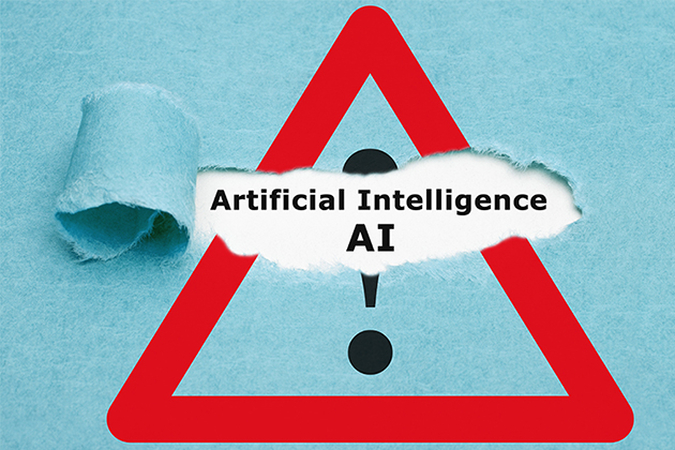
Discriminatory Outcomes
AI systems base decision making on large datasets. If training data mirror historical human prejudice (race, gender, income discrimination, etc.), AI can inadvertently perpetuate or exacerbate these trends. This could lead to unjust outcomes, like withholding a loan from a particular group or refusing benefit claims from minorities. These outcomes touch real individuals, even if unintended. Inadequate checks and varied data sets can lead the system to make dangerous decisions instead of help.
Lack of Transparency and Explainability
One of the biggest issues with AI is that it operates in a manner even developers cannot adequately describe. Such "black box" systems use multi-step calculations to reach conclusions, and the process is hard to understand. If public service access or financial aid is refused, there can be no logical explanation. This lack of explanation leads to frustration, confusion and incredulity. Clarity is critical in decisions that have a direct impact on people's lives, yet most AI models are not clear.
Data Privacy Concerns
To help AI work well, access to much personal information like income information, location, health history, and online behavior is necessary. This poses serious issues of privacy. Specifically, information is gathered or stored improperly without permission. If there is a breach of data, personal details can be leaked and users can face threats of fraud and theft. In addition, a vague policy on data can put a user in a situation where he does not know how his data is being utilized. When AI is used in personal decisions, protection of privacy should be the primary concern.
No Clear Appeal Process
When the AI decision is incorrect e.g. housing, credit, denial of medical treatment - there is no straightforward means of reversing it. Most systems do not have evident objection processes and human review to reverse mistakes. It can cause an unjust situation and put people in a situation with no remedies. Consider a scenario where AI is unfairly assumed to be ineligible for public aid, and no one can check or correct mistakes. Absence of in-built liability-tracing mechanisms and human intervention can make individuals helpless.
Part 3: How Can Different Users Respond to AI Risks in Public and Private Service
To minimize the risks of AI, and in line with the EU AI Act, collaboration among all parties is essential. The following are areas different groups must focus on:
For Individuals: Know Your Digital Rights
Individuals should be aware of how they are being data-collected and used. Laws in certain states, like the General Data Protection Regulation (GDPR), give a right to demand explanation of AI decisions or to ask for correction. If you don't get the decision making, research and question.
For Service Providers: Maintain Oversight and Fairness
Firms and institutions employing AI need to check from time to time if the system is error free and fair. Human oversight is necessary - decision-making AI systems that are not checked should not be there. Preparing AI with improved, balanced data can also prevent discrimination.
For Governments and Institutions: Prioritize Ethics and Compliance
Governments must create good rules and ensure that organizations adhere to them. This comprises requiring impact assessments, having complaint systems in place, and making auditability of AI systems a requirement. For the sake of safeguarding public trust, having definite standards and foraying through them is crucial.
Part 4: Bonus Insight - Why AI-Enhanced Video Is Key to Transparent Digital Service Delivery
In modren digital age, video is a key part of both public and private services. Instruction on how to claim benefits Videos, taking messages that describe the loan process, or web consultations, can have a direct impact on the extent to which users comprehend and have faith in the service. Not enough light, poor images, or reduced resolution can confuse, decrease reliability and mislead.
Here HitPaw VikPea assists. This easy-to-use and efficient AI video enhancer enhances the clarity of videos, restores details, and provides a smoother viewing experience. HitPaw VikPea allows organizations to create more trustworthy and open communications with users in digital service contexts.
Key Features of HitPaw VikPea
- Fix blurry or dark videos: Cleans them up when service videos are captured under low light or when compressed.
- Restore face details: When an individual is seen in a training or demo video, the software enhances facial definition and enhances communication.
- Improve animation-based videos: Animations guides are widely used by public services. HitPaw VikPea makes them understandable and simple to view.
- Repair broken or low-quality recordings: Some video records are corrupted or pixelated. HitPaw VikPea fixes them and enhances the user experience.
HitPaw VikPea advocates for ethical use of AI and adheres to the law, which makes it a suitable choice for organizations that prioritize accessibility and equity.
How to Use HitPaw VikPea to Improve Service Videos Step by Step
Following is how anyone can refine and enhance service-related videos with the use of HitPaw VikPea.
Step 1:Go to the official HitPaw VikPea website or click the download button to install the software.
Step 2:Open the software and import your video by clicking "Choose File" or dragging and dropping it. HitPaw VikPea supports over 30 formats, including MP4, AVI, MOV, and MKV.

Step 3:Select an AI model to enhance your video. Options include noise reduction, detail recovery, face enhancement, video repair, animation enhancement, color correction, frame interpolation, and stabilization.

Step 4:Click "Preview" to process the service video. Once satisfied, click "Export" to save the enhanced version. For batch processing, use the "Import" button to apply the same model to multiple videos.

Tip
HitPaw VikPea is built for lawful and compliant use, ensuring video enhancements are conducted in line with digital communication and data privacy standards.
Conclusion
AI benefits the public and private sector in numerous ways-accelerating systems, cutting costs, and assisting more individuals. Nonetheless, under the guidance of the EU AI Act, risks must be carefully considered when determining the targets of basic services and support. Discrimination, privacy invasion, and lack of transparency are actual concerns. From common users to institutions, all need to have a part to control these risks. Employing intelligent tools wisely, abiding by ethical principles and keeping people fairly treated must be one's utmost priority. HitPaw VikPea is a platform that enables organizations to enhance the quality of communication. When the service is easy and understandable, people will have more trust in the system.


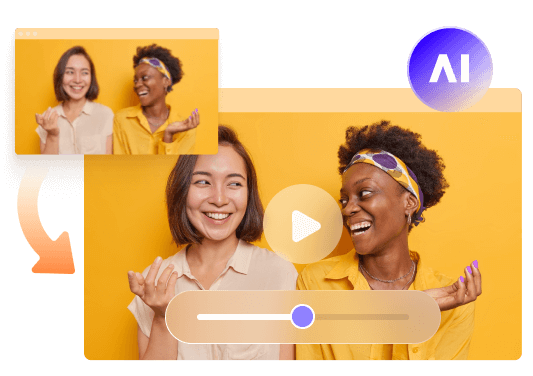





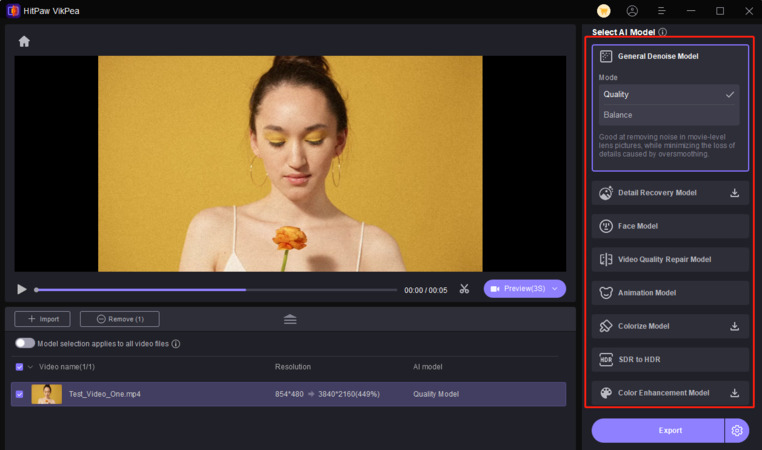

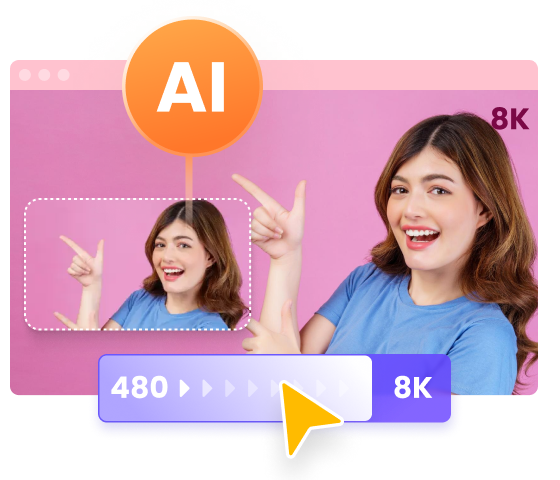
 HitPaw Univd (Video Converter)
HitPaw Univd (Video Converter)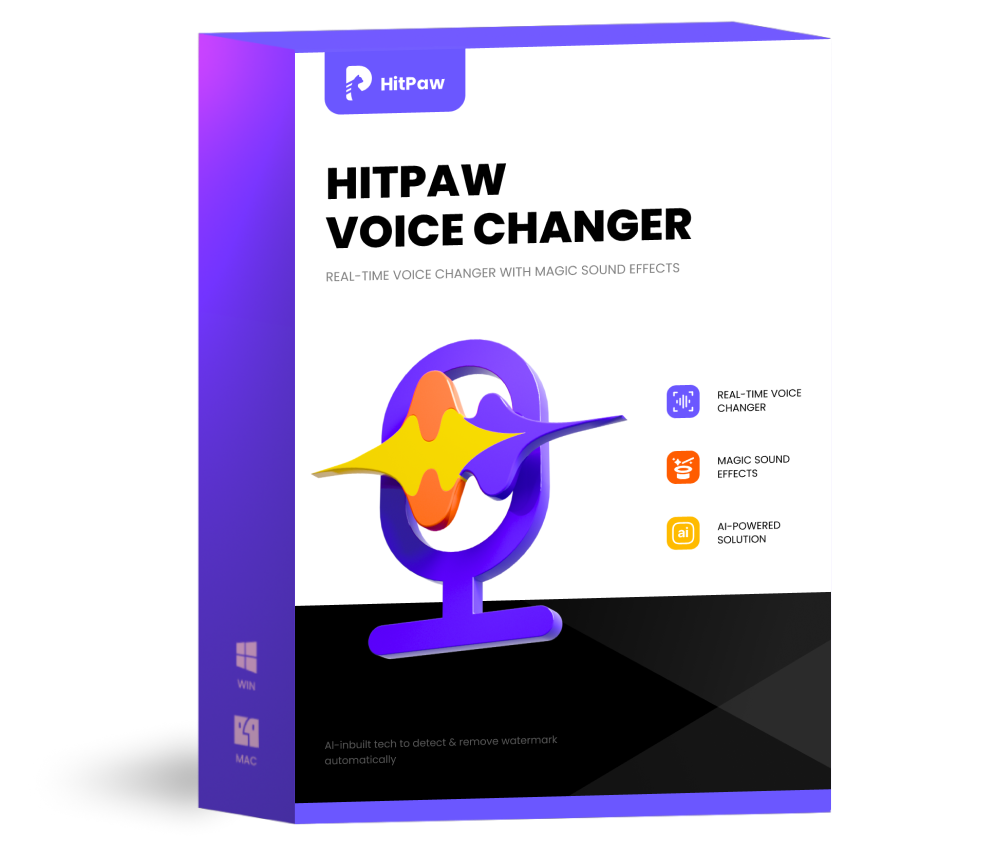 HitPaw VoicePea
HitPaw VoicePea 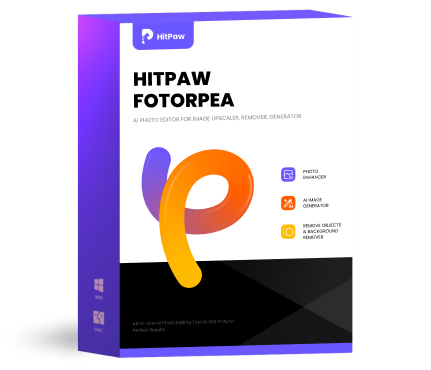 HitPaw FotorPea
HitPaw FotorPea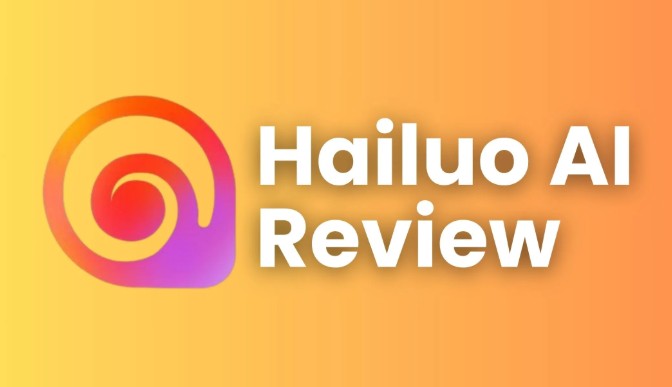
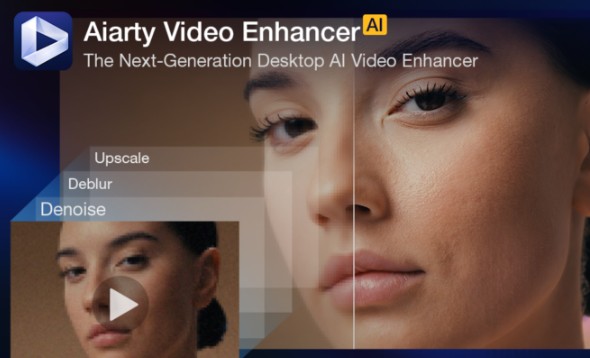


Share this article:
Select the product rating:
Daniel Walker
Editor-in-Chief
This post was written by Editor Daniel Walker whose passion lies in bridging the gap between cutting-edge technology and everyday creativity. The content he created inspires the audience to embrace digital tools confidently.
View all ArticlesLeave a Comment
Create your review for HitPaw articles